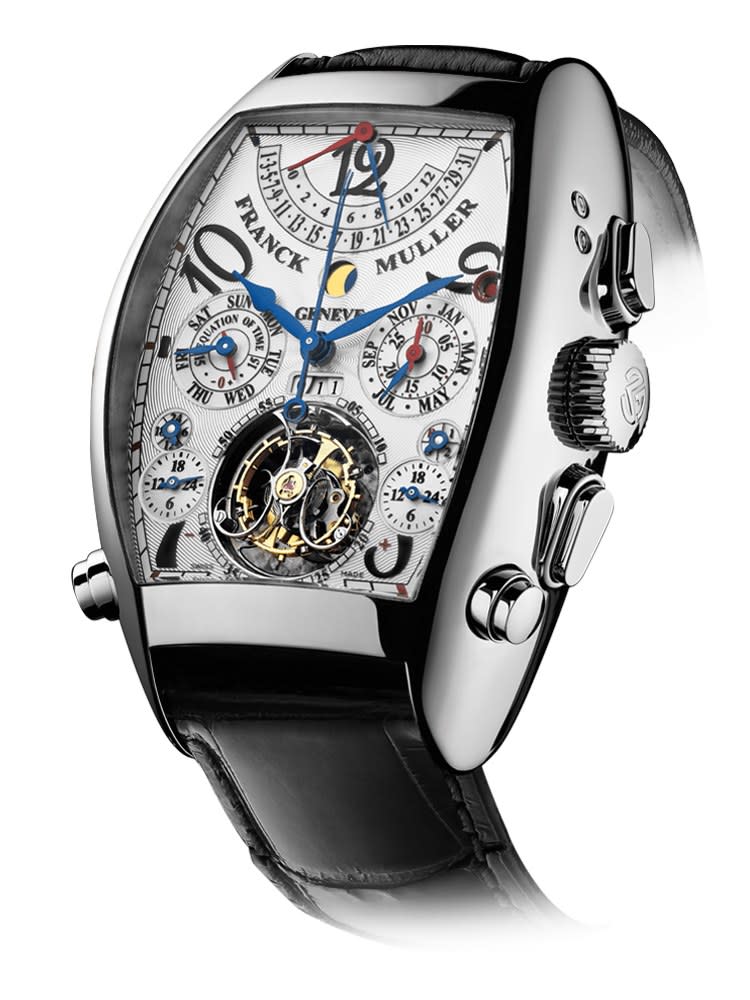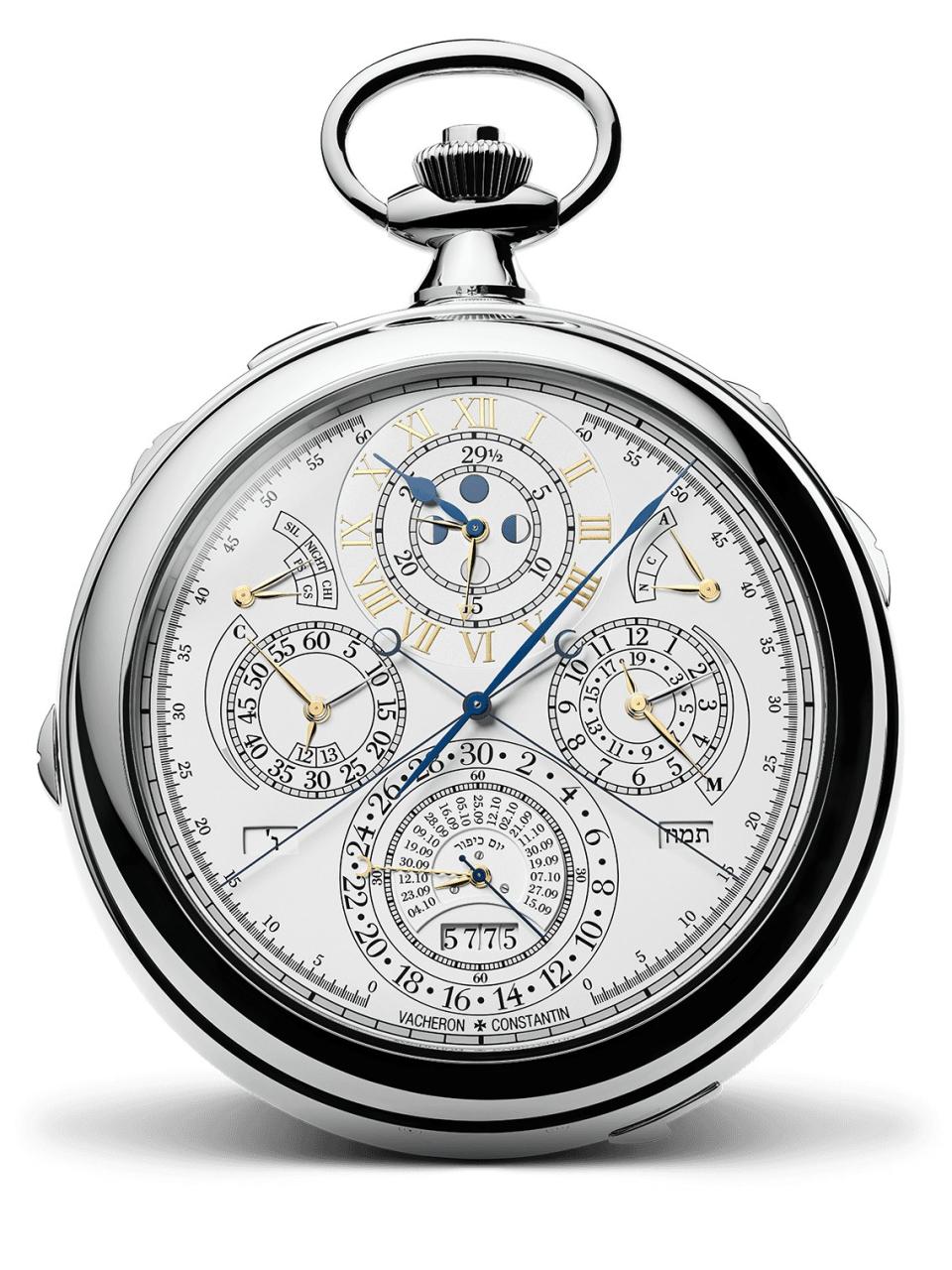The Value of a Watch Is Hugely Dependent on Its Complications. So What Are They?
Reading about watches can often feel like cracking open a textbook. Browsing—and even buying—means being barraged with inscrutable words and phrases like "tourbillons,” “perpetual calendars,” “minute repeaters,” and so on. So here, we'll be breaking down the meaning, history, and importance of different watch terms. Welcome to GQ's Watch Glossary.
The best way to understand a watch complication is in terms of the device you probably used to check the time today: your phone. Back before the iPhone, cellular devices were used solely to make phone calls. Now, most of our phones can check email, connect us to the hellfires of Twitter, find a place to eat, and play practically every song that’s ever been recorded. On a watch, complications serve a similar purpose.
Put most simply, a complication is any feature that goes beyond telling the time. (Patek Philippe defines it as any feature that goes “beyond telling the time and simple date” but most other sources consider even showing the date a complication.) The list of available features might not compare to what’s on the Apple Store, but there are a massive number of potential components that fall under the umbrella of complications. Chiming repeaters, chronographs (a stopwatch, basically), built-in calendars, alarms, the time-zone-collapsing GMT, whirring tourbillons: all are complications.

Many of these complications initially served a real purpose—the moon phase complication was made to assist farmers who managed their crops according to those rhythms. Now, though, they primarily exist to add beauty, value, and desirability to timepieces. Take for example the Patek Philippe known as the “Henry Graves supercomplication.” The pocket watch commissioned by the banker was the most feature-heavy watch in the world when it was completed in the early 1930s. It has 24 complications—including, among many others, a chime that replicates Big Ben’s, a guide to the times for sunrise and sunset, and a celestial map of the New York City sky. Together, they combined for a watch that went for $24 million in 2014—still the most expensive timepiece ever sold.

These features affect the value of pieces at less astronomical levels, too. Patek Philippe breaks watches down into categories like complications and grand complications. A watch with a moon phase indicator and annual calendar, from the complications group, is listed at $39,580. A watch made out of similar materials but with a perpetual calendar (an annual calendar requires yearly resets while perpetuals won’t need to be set again until the year 2100) from the grand complications category sells for $85,050.
And there are dozens more potential complications. Watches can be built with a “jumping hour,” a small aperture that shows the hour as a digital number instead of the typical hour hand, or the “equation of time,” which is a separate hand that shows the difference between what time it is on earth and “true solar time” (the time according to the movement of the sun). They’re all ridiculous and, in 2019, probably unnecessary. But they sure provide a good reason to check the time on something that isn’t your phone.
Watch:

